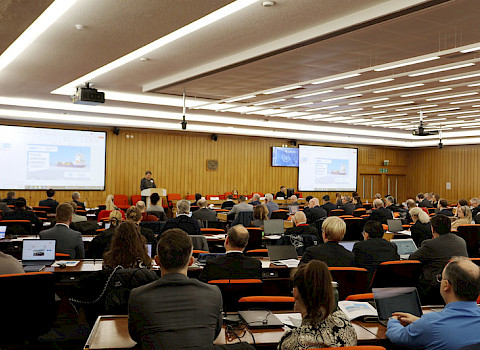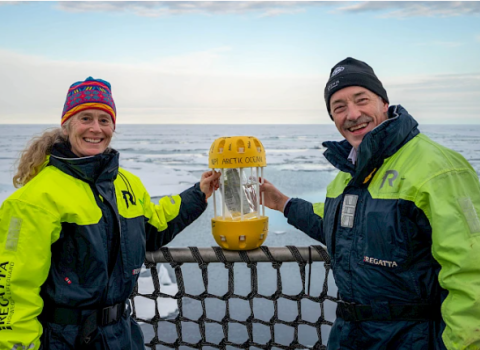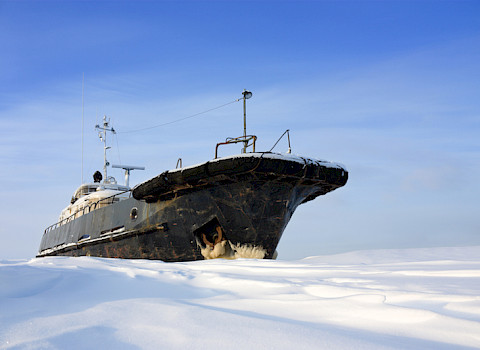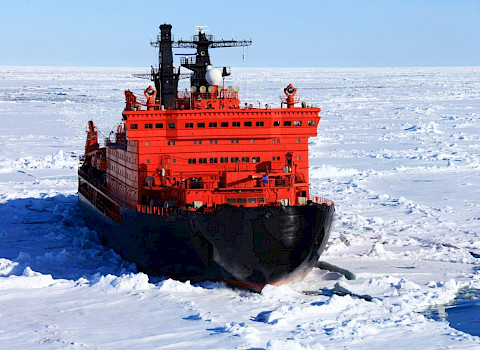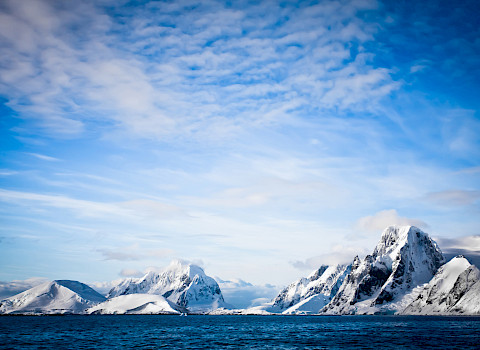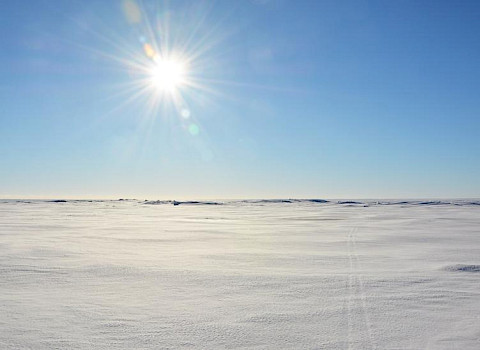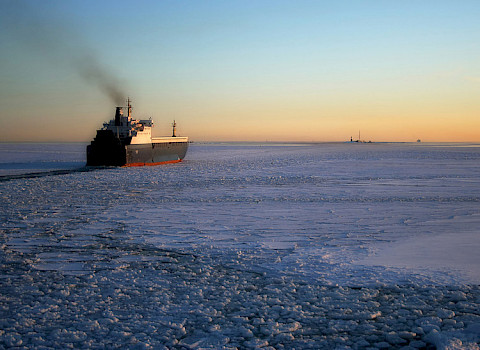News
Northernmost "Plastic in a Bottle" launched at 84 degrees
Launched at 84 degrees north, the capsule will enable the Protection of the Arctic Marine Environment to track how plastics travel in and out of Arctic waters.2024-08-20
ARCTIC SHIPPING UPDATE: 37% INCREASE IN SHIPS IN THE ARCTIC OVER 10 YEARS
Arctic shipping continues to increase.2024-08-20
Spotlight on safe and environmentally sound Arctic shipping
Record attendance at the 5th annual meeting of the Arctic Shipping Best Practice Information Forum2021-11-18
Celebrating 25 years of the Arctic Council
When the Council was established 25 years ago, it was one of the first major arenas for cooperation between the Arctic States following the Cold War.2021-09-21
New PAME Chair: "I want people to feel included"
Dr. Jessica Nilsson, from Sweden, is the new Chair of PAME. In a recent interview with the Arctic Council Website, Jessica reflects on her new role.2021-08-03
Arctic Shipping Best Practice Information Forum Sees Record Attendance with Huge Increase in Usage of its Web Portal
Today, the Arctic Council’s Arctic Shipping Best Practice Information Forum (the Forum) concluded its fourth annual meeting.2020-11-25
Report on HFO in the Arctic launched
PAME has issued its second Arctic Shipping Status Report – Heavy Fuel Oil (HFO) Use by Ships in the Arctic 2019 (ASSR #2).2020-10-20
New ASTD video launched
Today a new video for PAME's ASTD project was launched.2020-10-11
 Arctic Council Working Group
Arctic Council Working Group 